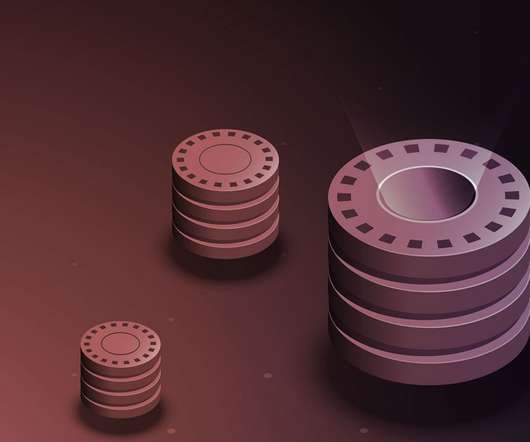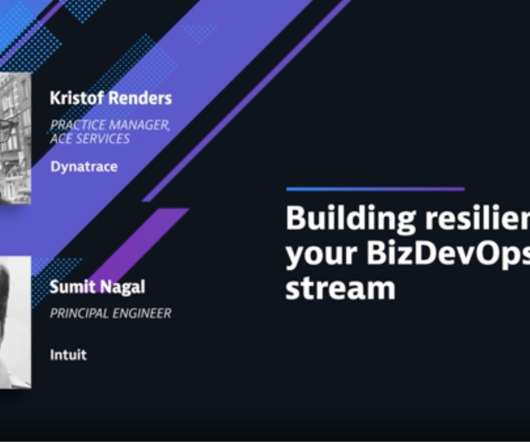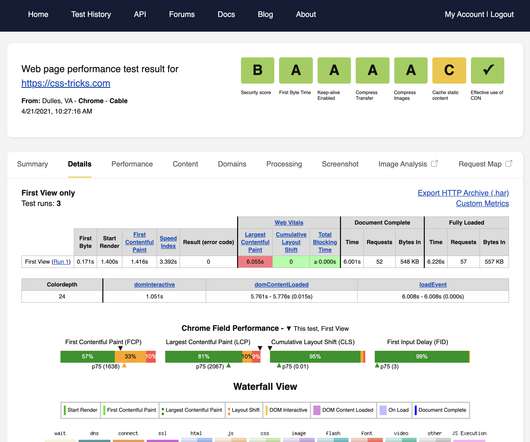Redis vs. Memcached – 2021 Comparison
Scalegrid
APRIL 23, 2021
Both Redis and Memcached are: NoSQL in-memory data structures Written in C Open source Used to speed up applications Support sub-millisecond latency In 2014, Salvatore wrote an excellent StackOverflow post on […]. Memcached, on the other hand, was created in 2003 by Brad Fitzpatrick.

































Let's personalize your content